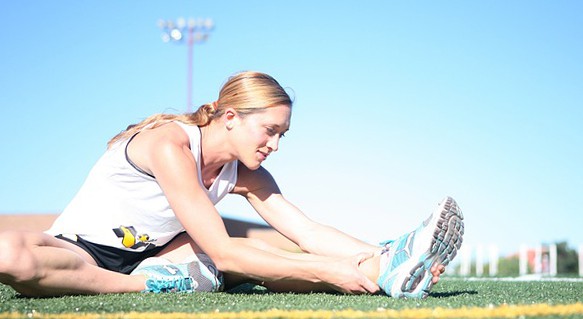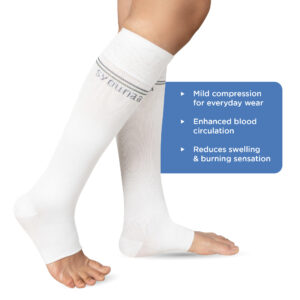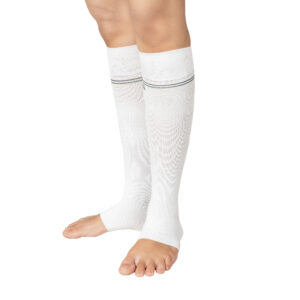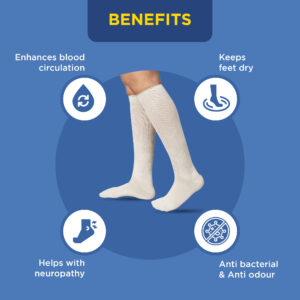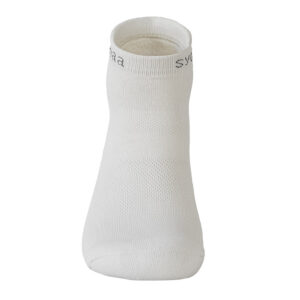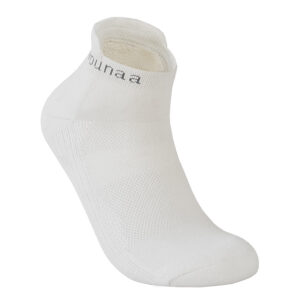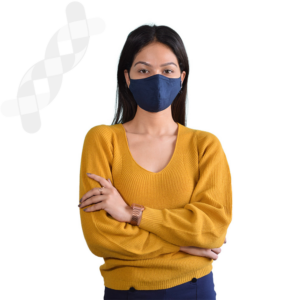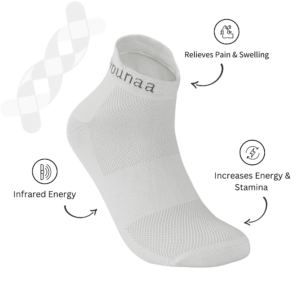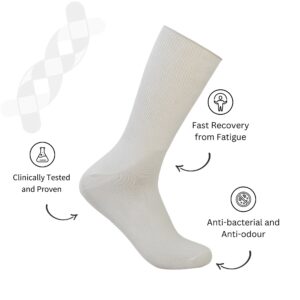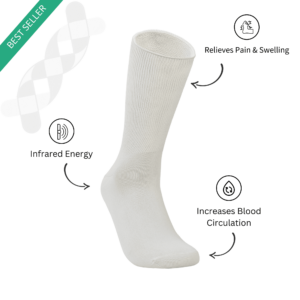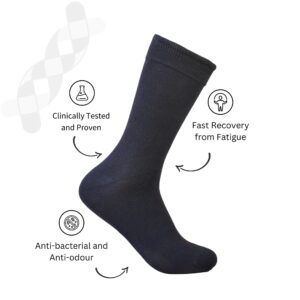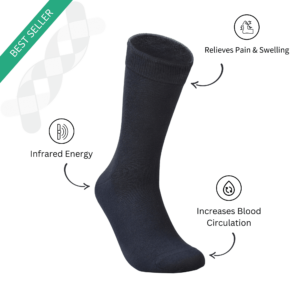Did you know that foot injuries comprises of 5-10% of injuries triathletes report on a frequent basis? We have 26 bones and 33 joints in our feet but even a minor foot infection or joint pain can affect your overall performance. This means that foot care must be an important part of your everyday routine if you want to see a steady growth in your performance.
Here are some foot problems triathletes face quite often.
Problems From Being on Your Feet for Long Hours
Triathletes must practice for five hours everyday when their events are approaching. This means that their feet are pushed to ultimate limits for five hours everyday up until their event. Pushing your feet to run for such long hours may lead to some complications that you must watch out for.
Achilles Tendonitis
The Achilles tendon is the cartilage above our heel. It provides your feet with a lot of elasticity however, when we run for long hours, our Achilles tendons may inflame and lead to Achilles Tendonitis. Sometimes, poorly cushioned shoes and hard uneven surfaces also cause Achilles Tendonitis. Either ways, it is a painful condition and takes a while to heel.
Plantar Fasciitis
Plantar fasciitis refers to the layer of tissue on the bottom of your feet. It spreads from the heel to the forefront of your feet. When you run for long hours, the plantar fasciitis constantly hits the ground. Similar to the Achilles tendons, if you practice with poor quality footwear, or on hard surface, it may inflame your plantar fascia tissues which is very painful and can take months, or even years to heel. Sometimes, flat footedness or high arches also aggravate the plantar fascia tissues.
Ingrown Nail
Ingrown nails may not sound as problematic but they are extremely painful and if you practice for long hours in tight shoes, the nail may further penetrate in your toe and cause an infection.
Remedy
How can you prevent the above situations from happening to you. You cannot compromise on your training hours so you must control other things that would keep your feet safe and harms away from any of the above problems.
You must:
- Invest on proper shoes: Shoes that are neither too tight, nor too loose should be ideal for you. Also, there are special shoes made for triathletes. You should consider the shape of your feet. Does your feet over-pronate, under-pronate, or are they well balanced? You should ask all these questions before you find yourself the ideal pair of shoes.
- Practice on softer ground: Try to practice on the track because it will provide you with the much-needed cushion around your ankle and heels. Concrete ground is simply harder and your foot is compelled to absorb a greater amount of shock during practice. The best way to avoid this is by choosing softer ground to practice on.
- Periodically Change To New Shoes: A good pair of sport shoes should last you for 350 – 650 km. After which, the padding starts to wear off, and you become more liable to foot injuries. So, keep the track of the number of kilometres you run and remember to switch to new shoes once your current ones have done their job.
Problems from Constricting Your Feet for Long Hours
While you practice, your feet remain constricted inside socks and shoes for long hours. Rigorous training also means that you sweat a lot around your feet, particularly between your toes which may lead to infection. Here are some common problems that may occur if your feet are constricted for a very long time:
Blisters
Blisters may occur from two reasons. Firstly, it can occur from friction from your feet rubbing against your shoes and secondly it can occur from sweat accumulation. Blisters are most common among those who live in hotter humid places and they really hurt especially if they are around the soles of your feet.
Athletes Foot
Athletes foot is a fungal infection that occurs from sweat accumulation. It usually occurs between your toes or in the creases of your feet which becomes a breeding ground for bacteria. Athletes foot is highly contagious and though it is easy to treat, it definitely causes a lot of irritation and gets in the way of your training.
Inflammation
This usually occurs if you wear socks with a tight elastic band. When you workout for long hours, your muscles tense up as your arteries focus on supplying blood to your heart. Muscles work so fast that they convert to anaerobic respiration to keep up with your pace. At a time like this, tight pair of socks can become a barrier to oxygen flow and may cause inflammation. Sometimes, inflammation can be very painful and itchy.
Remedy
There are ways to protect your feet from the above problems. Here’s to name a few:
- Make sure your shoes are not too tight, especially around your toes. The ideal shoe size should allow you to wriggle your toes without any discomfort.
- Always wear absorbent socks to prevent your sweat from accumulating around your toes.
- Secondly, pick a form fitting pair of socks which does not have a tight elastic band. Another benefit of form fitting socks is that they do not bundle around certain places of your feet thus protecting you from sweat accumulation.
- If you are out for 5 hours, it’s always a good idea to bring an extra pair of clean socks with you. This way you can change into a clean pair once your current ones are soaking wet. Also, change and wash your wet socks as soon as you reach home, this will reduce the chances of infection.
- Lastly, do not share footwear with others around you. If your friend or family member has athletes foot, keep your footwear away from their shoes and socks because athlete’s foot is highly contagious. If you are sharing showers or locker rooms with someone with athlete’s foot, make sure to wear slipper on wet surfaces.
So, these are a few things you can do to protect your feet. If you aspire to be a professional triathlete, you should also consider having a physiotherapist and learning simple but effective leg strengthening exercises to protect your feet from injuries.
We hope this article was helpful to you. Do let us know what you do to protect your feet and improve your performance at the same time.

